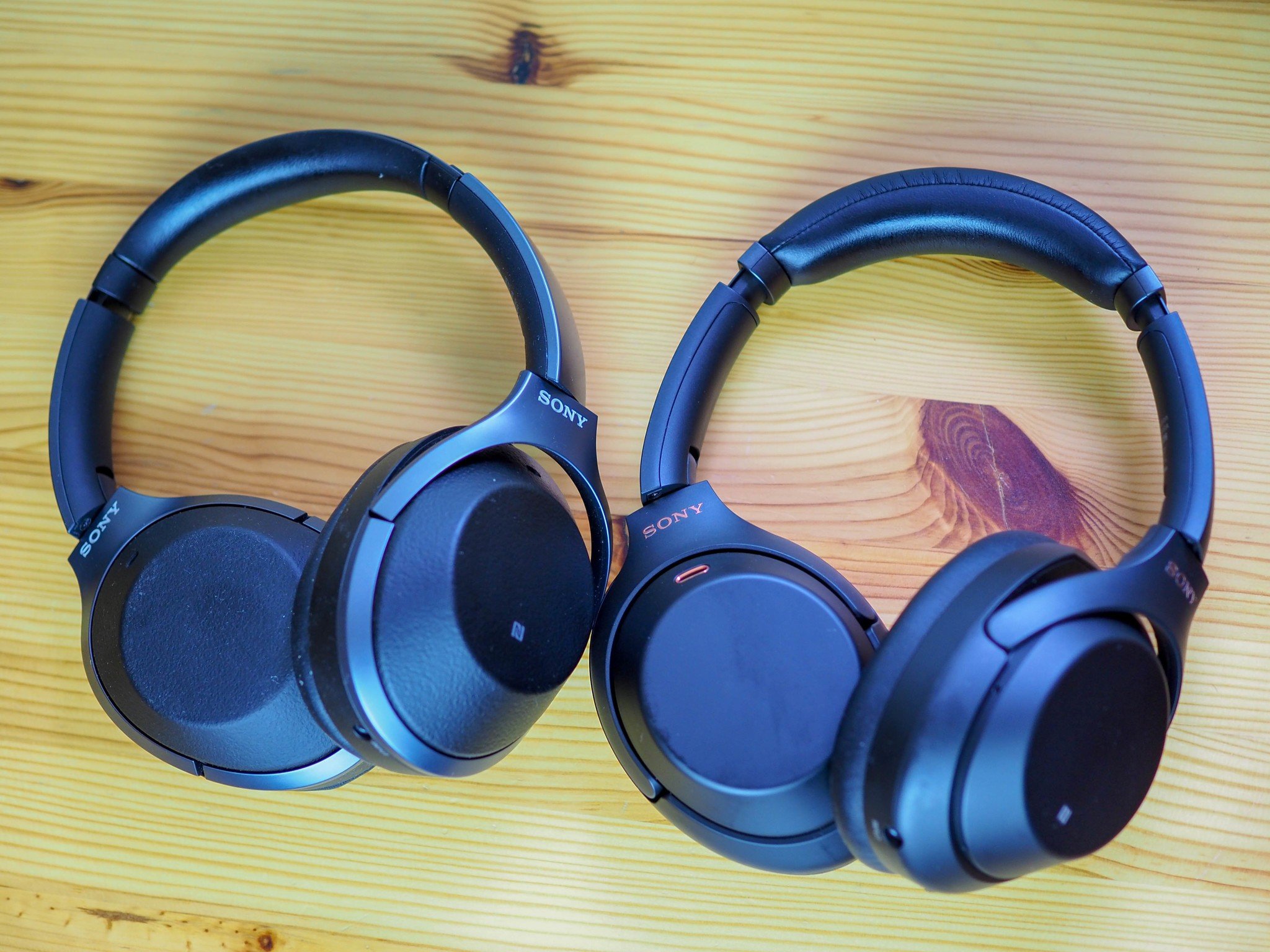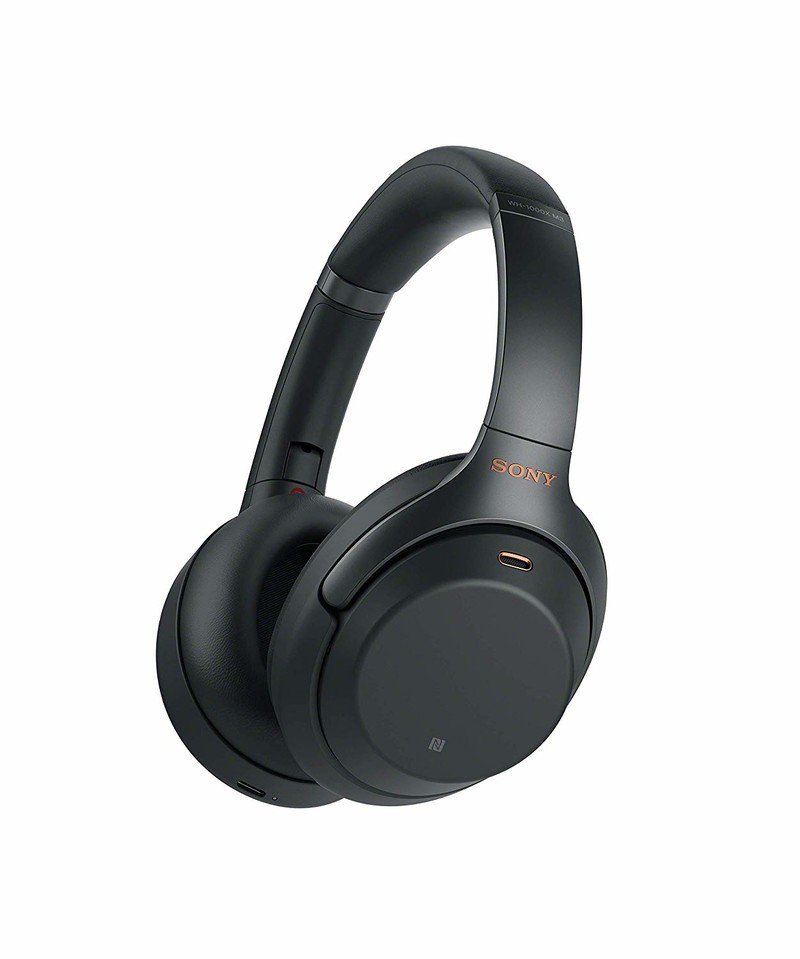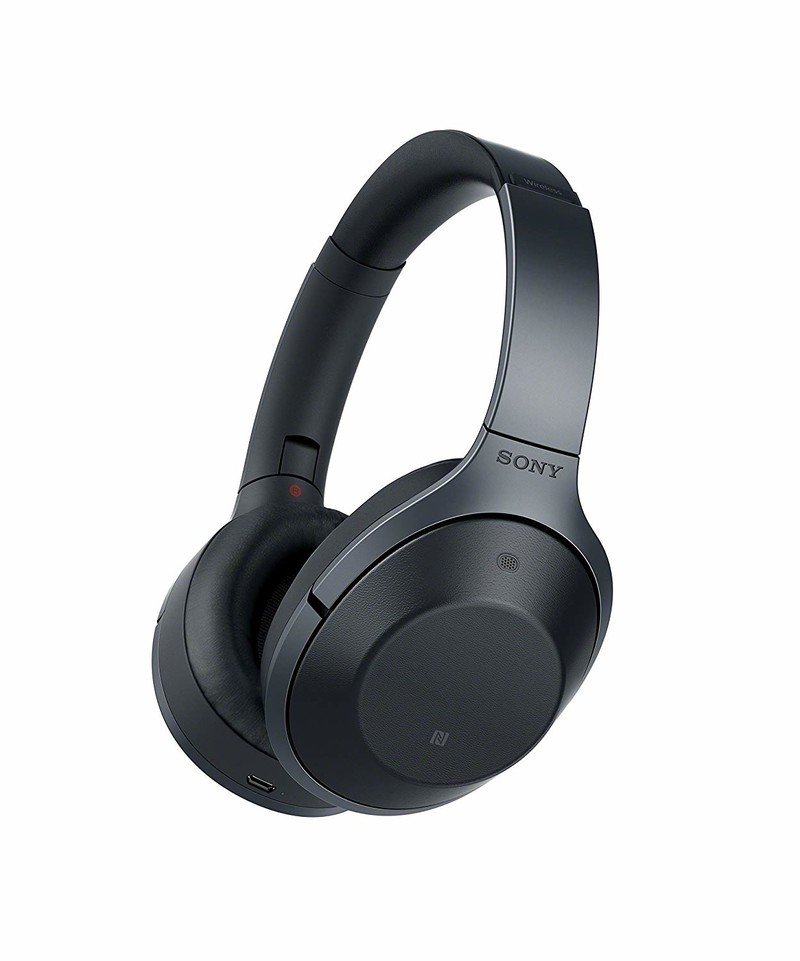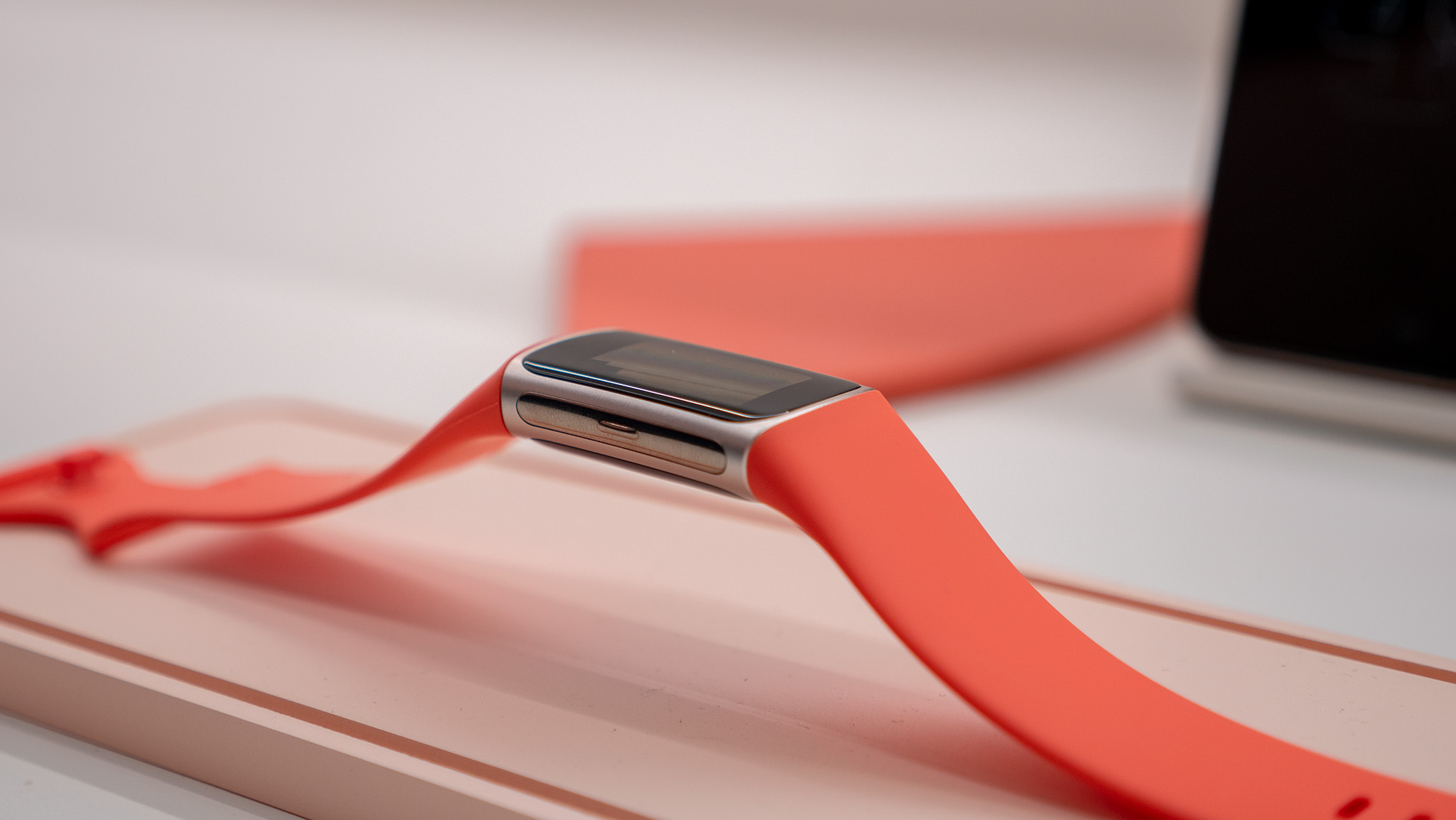Sony WH1000XM3 vs. Sony MDR-1000X: Should you upgrade?

Sony WH1000XM3

The WH1000XM3 puts all of Sony's expertise on headphones to use, combining the best active noise canceling we've ever heard with great sound quality, excellent battery life, and convenient gesture controls.
Sony WH1000XM3
ANC at its best
Sony MDR-1000X

The original 1000X headphones may not be quite as good as the M3, but they still sound great and provide good enough noise canceling for frequent travelers.
Sony MDR-1000X
Still holds up
Consider the upgrade
The original MDR-1000X over-the-ear headphones established Sony as a player in the active noise-canceling space, taking on Bose's wildly popular QC35 headphones in the same category. A few revisions later, the new WH1000XM3s improve upon nearly everything that made the MDR-1000X great, and in many people's eyes (and ears) have finally earned the claim of being the very best noise-canceling headphones on the market.
Two excellent pairs of noise-canceling headphones differentiated by years of iteration and improvement.
On top of having great active noise-canceling, the MDR-1000X introduced a variety of intuitive new features that made them easier and more convenient to use. You could tap your Android phone to the side of the left cup (denoted by an NFC logo) to instantly pair with the headphones without having to dig through Bluetooth settings. You could pause or skip through tracks with swiping gestures on the right cup.
In addition, the MDR-1000X knew when to let sound back in. With noise-canceling engaged, you could place a hand over the right cup to instantly filter certain frequencies back into the headphones using built-in microphones, allowing you to carry on a conversation without taking the headphones off. There was also a separate Ambient Sound mode that allowed you to let those frequencies in without holding the right cup.
Two years later, the WH1000XM3 improves on the original headphones in nearly every way. Sony has included its new QN1 processor, which adds support for 32-bit audio processing and improves noise-canceling — Sony claims the 1000XM3 performs 4x better than the XM2, which was already a significant improvement over the MDR-1000X.
Buy the newer model if you're a frequent traveler who will get the most out of the improved noise-canceling.
They're more comfortable than previous models as well, thanks to a lighter, sturdier construction and thinner earpads. That construction, while still mostly plastic to retain its lightweight, is also less prone to cracking over time — an issue the MDR-1000X was known to have. The WH1000XM3 also now support USB-C charging, rather than Micro-USB, and can provide up to 5 hours of playback from just a 10-minute charge. With a full charge, you can expect about 30 hours of playback with ANC.
Get the latest news from Android Central, your trusted companion in the world of Android
Both headphones can be adjusted through Sony's Headphones Connect software, but only the newer WH1000XM3 allows you to adjust how much surrounding noise comes in with Ambient Sound mode, as well as how much to block out noise-canceling. You can also use Google Assistant on the 1000XM3, activated by pressing the Ambient Sound toggle button (enabled through software).
Even if you already have the original MDR-1000X, it's worth considering the upgrade to the 1000XM3 — assuming you'll make use of the improved noise-canceling and USB-C charging. For frequent travelers, it's a no-brainer. The MDR-1000X certainly still hold up great, though, and while they haven't gone down in retail pricing, you can easily find a good deal on them through resale sites.

Hayato was a product reviewer and video editor for Android Central.
